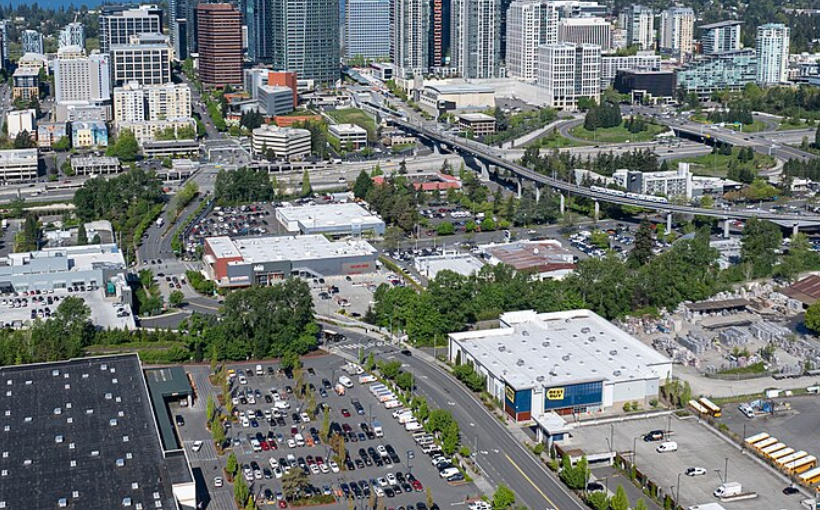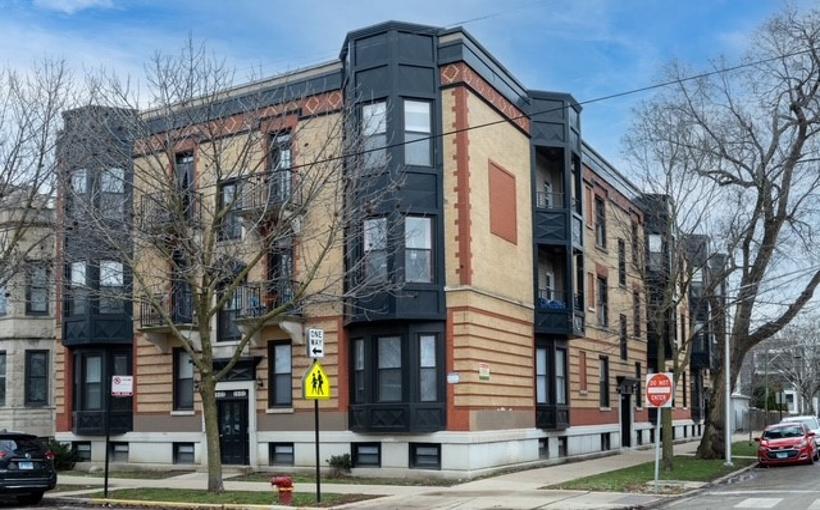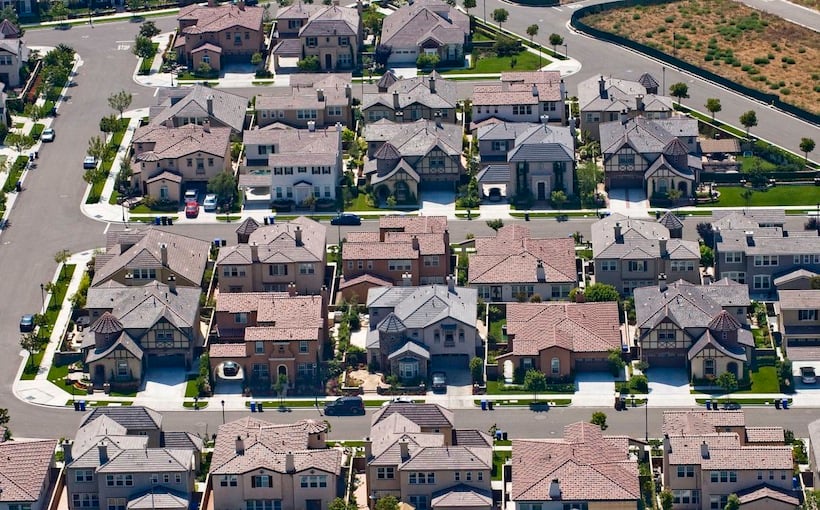The key takeaway from the Q3 national industrial market data can be summed up in one word: Balance. Four reports highlighted rising vacancy rates, a decrease in new developments, and steady absorption rates – all of which were expected following the pandemic-induced development and leasing frenzy.
Economic Realignment and Market Drivers
According to JLL’s United States Q3 2024 Industrial Market Dynamics report, the industrial market is adapting to economic uncertainties by taking a cautious approach towards sustainable growth and maintaining balanced supply-demand dynamics. This realignment has been driven by logistical changes as noted by JLL analysts.
Cushman & Wakefield’s MarketBeat Industrial Q3 2024 report also acknowledged this realignment trend, stating that net absorption was modest due to large occupiers shedding excess space amidst cooling consumer demand and shifting inventory strategies. Despite this slowdown, speculative construction continues to dominate the pipeline although at a reduced rate according to Cushman & Wakefield analysts.
On the other hand, Lee & Associates’ Q3 2024 Industrial Market Overview reported that tenant demand has gradually recovered thanks to ongoing consumer spending trends with warehouse job losses leveling off. The Lee & Associates team also noted an increase in monthly U.S imports since February which translates into more goods being released into the country’s supply chain.
Leasing Fluctuations but Steady Vacancy Rates
JLL analysts observed fluctuations in leasing activity due to economic uncertainties with businesses taking their time before signing leases. However,this slowdown indicates a move towards more balanced growth levels after last year’s abnormal market conditions caused by COVID-19 disruptions accordingto JLL experts.
This normalization process has led vacancy rates back down towards their long-term average of around7%, as pointed outby Cushman&Wakefieldanalysts.This is comparedto historically low levels seen duringthe first few years post-pandemic when vacancies were unsustainably tight.
Outlook: Less Construction but Continued Stabilization
According to Colliers’ U.S. Industrial Market Statistics 24Q3 report, quarterly construction completions are expected to continue declining in the coming quarters until new supply and tenant demand reach an equilibrium. Meanwhile, Lee & Associates analysts predict that construction activity will remain high through 2024 or 2025 before tapering off as higher interest rates discourage ground-breaking activities.
Cushman & Wakefield’s analysts anticipate vacancy rates peaking in mid-2025 before gradually decreasing again. They believe that after this year and with most major occupier consolidations already completed, key drivers of industrial space demand such as e-commerce, third-party logistics (3PL), consumer spending trends,housing recovery,and onshoringwill pick up pace.
JLL experts also foresee the market stabilizing at a more sustainable growth level with over half of current constructions expected to be delivered by 2025.Finally,the overall sentiment is one of cautious optimism for the future outlookoftheindustrialmarketasitcontinuesto normalize following last year’s unprecedented disruptions caused by COVID-19.




